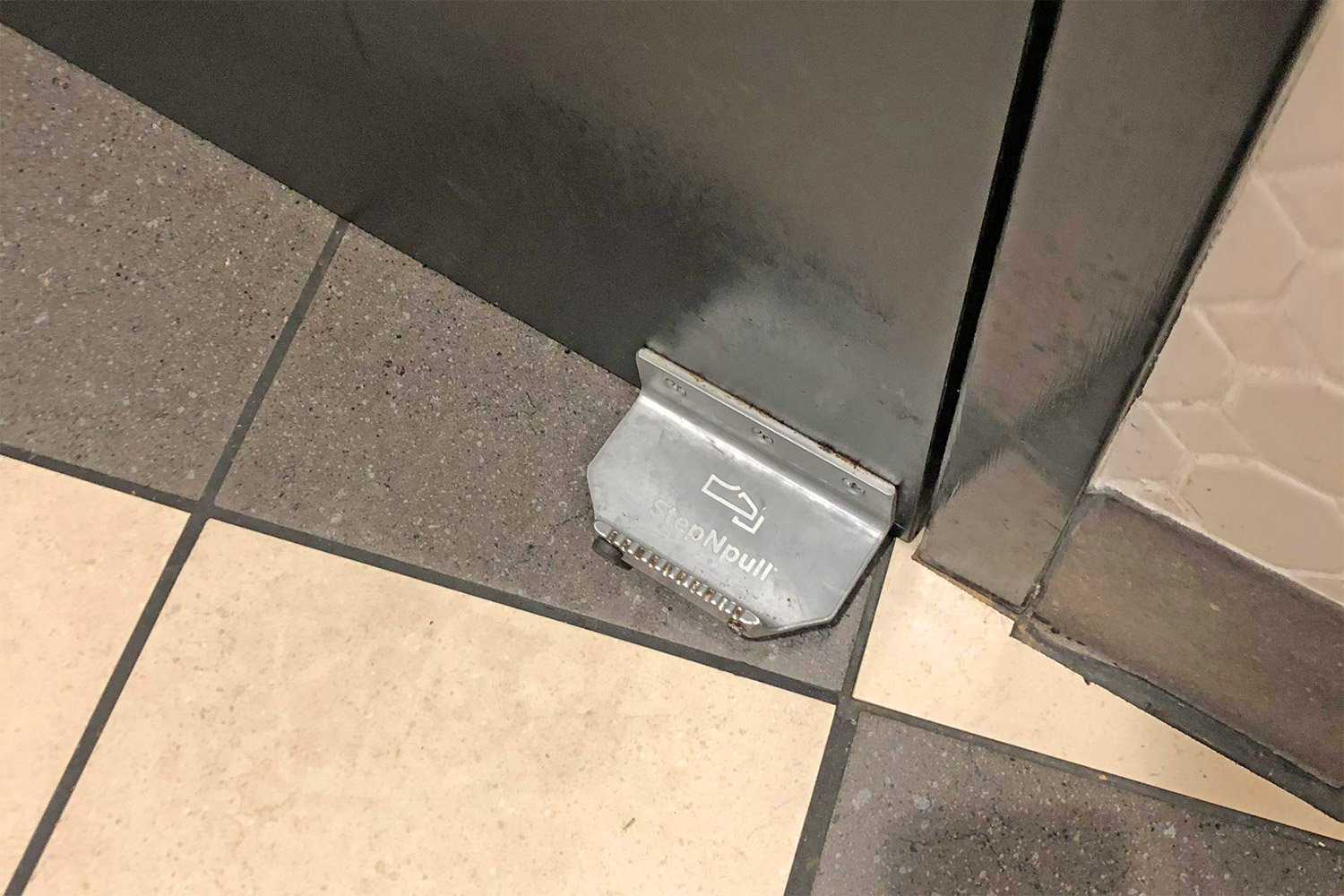Passionate about freedom, libre software/hardware, environmental sustainability, and doing the right thing even when it’s inconvenient.
$argon2id$v=19$m=64,t=512,p=2$Nf69b65zUhoPFyTI3rDb1w$zEdygG94suabNqSOwda3Mg
- 0 Posts
- 15 Comments

 20·2 months ago
20·2 months agoYes, Portland had decriminalized public nudity if participating in a peaceful protest, while not engaging in sexual conduct, and away from certain restricted areas like parks and schools. The annual naked bike ride is an organized peaceful protest that chooses its route appropriately as to not encroach on any areas where public nudity would otherwise be prohibited.

 1·3 months ago
1·3 months agoIt’s definitely unhealthy, but perhaps you enjoy it in trace amounts? Bleach combined with the ammonia present in urine creates chlorine gas.
Well, I was in middle school in the late 90s when these were popular, so I suppose I’m in the demographic. I dunno, the difference between “jean” and “gin” is somewhat subtle when you say it quickly, and I never gave it much thought.
I always heard it pronounced as “Jean Co.”
Sometimes a trash bin is located near the door, so I’ll use the same paper towel I used to dry my hands to open the door, hold the door open with my foot, then throw the paper towel in the bin. But these make hygiene so much easier:


By Arch, do you use SteamOS on your gaming rig? And if not, what would be the determining factor?
Turkey pesto sandwiches and combo pizzas - this must be a pre-pandemic photo.
And the sysadmin said “well done, good and faithful servant.”

 3·1 year ago
3·1 year agoI have a very hard time believing that an internal combustion engine would sustain significant damage prior to stalling. An engine could run, albeit very poorly, with extreme backpressure (say, an exhaust blockage but perhaps some leaks elsewhere in the exhaust system). If the exhaust was perfectly sealed, there would be so much backpressure that the mixture would be starved of air and there would simply not be any explosion in the cylinders. I have limited knowledge of diesel engines but would expect a similar result.
Here’s a video where an exhaust pipe is plugged. You can see how quickly the car stalls (at 10:00): https://piped.video/watch?v=jnoW0skAChA

 3·1 year ago
3·1 year agoIt’s a valid point that it could potentially create some confusion when a user assumes that everything in Signal is secure. Unencrypted SMS threads could contain an open padlock icon and even an ominous red window border, but someone inevitably will not understand the difference.
However, my frustration has been how both convenience and security is reduced by removing SMS from Signal.
Many people will continue to use SMS for a variety of reasons, necessitating the use of an additional app. So now we have people continuing to communicate over this insecure protocol, but with the additional target vector of potential vulnerabilities in the supplemental app.

 502·1 year ago
502·1 year agoImagine a world where we can adopt a scalable, secure, open communication protocol where users can use whatever app they want. Imagine humanity moving past the diaspora of special-snowflake chat apps and on to better things.

 151·1 year ago
151·1 year agoWhile not a physical radio, a Linux phone such as the Librem 5 in conjunction with an RTL-SDR dongle and external antenna may be a good candidate for a mobile software-defined radio (SDR) transceiver.
SDR frameworks such as GNUradio or REDHAWK are well-established by this point. Newer versions of REDHAWK are designed to run on CentOS/Rocky Linux, however, and they don’t (AFAIK) come with a mobile-friendly UI.
I do know that there are some web-based SDR tools in the wild. I’m not very familiar with them, their system requirements/capabilities/limitations, but they could be worth a look to jump-start a Progressive Web App for mobile devices.






Then you have the Steam Deck which can easily serve as both.